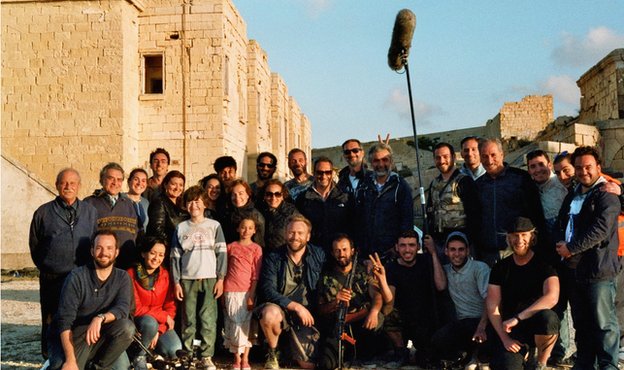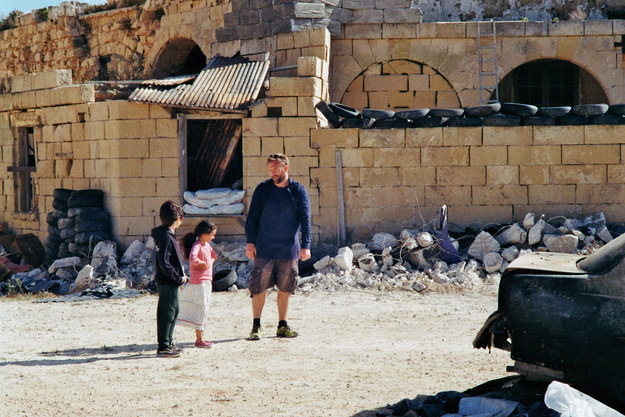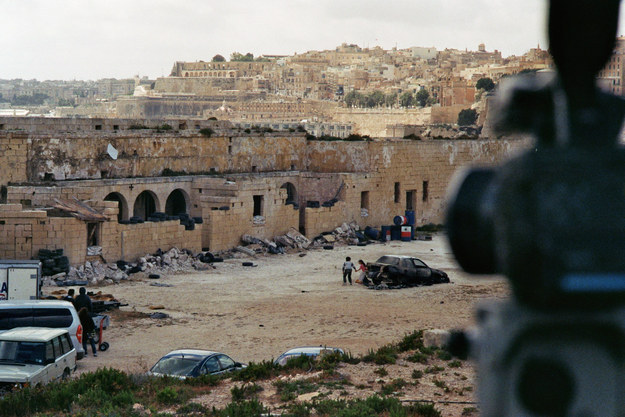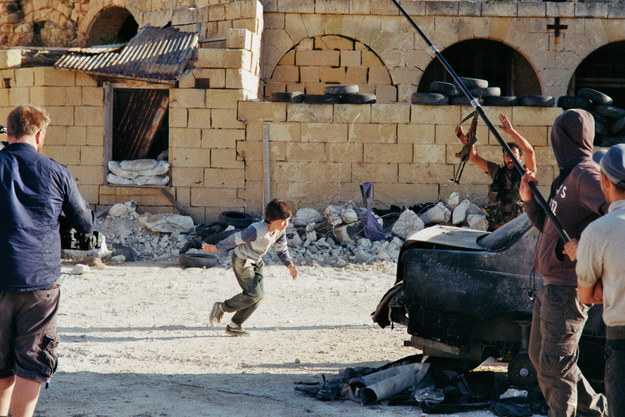That 'Syrian Hero Boy' Video Was A Fake Short Film Made By A Norwegian Director
The video, purporting to show a young boy who faked being shot at while saving a little girl amid a hail of gunfire, went super viral last week. While doubts were cast on its authenticity, it is now clear it was faked.
On 10 November, a video, purporting to show a small boy getting up after being hit by gunfire and rescuing a young girl, went viral. Unsurprisingly, many media outlets covered it, including SAYS.
Now, after millions of captivated YouTube viewers and countless coverage of the video in the media, a group of Norwegian filmmakers, claiming to be behind the whole stunt, have admitted to faking the said video, BBC Trending reported on 14 November
Lars Klevberg, a 34-year-old film director based in Oslo, wrote the script and actually filmed the video on the island of Malta in May with a local cast and crew. He deliberately presented it as reality in order to generate a discussion about children in war zones.
"If I could make a film and pretend it was real, people would share it and react with hope," he said. "We shot it in Malta in May this year on a set that was used for other famous movies like Troy and Gladiator," Klevberg said. "The little boy and girl are professional actors from Malta. The voices in the background are Syrian refugees living in Malta."
"I wanted to be a voice for every child caught in war, not just in Syria," Klevberg said. "So many children are getting killed or hurt there and nobody did anything in the media, trying to help them or write their stories. I was thinking that if we could make a film that showed some good things, of children surviving, I thought it could spread around and make people believe there was hope for the future for the children."
When asked were they comfortable making a film that potentially deceived millions of people, Klevberg, the director said:
"I was not uncomfortable. By publishing a clip that could appear to be authentic we hoped to take advantage of a tool that's often used in war; make a video that claims to be real. We wanted to see if the film would get attention and spur debate, first and foremost about children and war. We also wanted to see how the media would respond to such a video."
The film received funding from the Norwegian Film Institute (NFI) and the Audio and Visual Fund from Arts Council Norway in October 2013. The makers denied it was a cynical attempt to get headlines. They said they were always clear about their intentions.
The filmmakers say their application for funding made clear they wanted to upload the film to the internet without making it obvious it was real or fiction. They also claim that those who financed it were aware of, and supported, these intentions.
"The children surviving gunshots was supposed to send small clues that it was not real," John Einar Hagen, the producer, told the BBC. "We had long discussions with the film's financiers about the ethics around making a film like this."
telegraph.co.uk"It was not a cynical way to get attention. They had honest motivations," Ase Meyer, short film commissioner for the NFI told BBC Trending. "I was surprised people thought it was real. When I see the film, the little boy is shot but he keeps on running. There is no blood on the child." The NFI awarded 280,000 kroner ($41,493) towards its production. "It was a really low budget film," says Ms Meyer. "People normally apply for more money."
So once the film was made, how did it go viral?
"It was posted to our YouTube account a few weeks ago but the algorithm told us it was not going to trend," Klevberg said. "So we deleted that and re-posted it." The filmmakers say they added the word "hero" to the new headline and tried to send it out to people on Twitter to start a conversation. It was then picked up by Shaam Network, a channel that features material from the Middle East, which posted it on YouTube. Then it began to attract international attention.
Since being posted, the video created a big debate about whether it was genuine. How those viewers will react to learning that it was faked remains to be seen. However, the filmmakers are happy. "We are really happy with the reaction. It created a debate."
Klevberg told BuzzFeed News he believes the video did its job of drawing attention to the ordeal of children in warzones, and he doesn’t expect it will be any less powerful now that people know it was faked.
However, as Richard Hall of GlobalPost says, the trouble is that whenever a video reported as real is later revealed to be a fake, the public's trust in news from Syria as a whole is diminished
It also provides ammunition for those who have an interest in covering up or denying the very real crimes being committed in Syria every day. It is for that reason that many Syrians reacting to the news late Friday, such as Aboud Dandachi, a displaced former resident of Homs, are angry about the project. “Sometimes in Syria the only documentation of an atrocity is a mobile phone camera. Thanks for making it harder asshole,” he said on Twitter.
UK-based journalist Eliot Higgins has perhaps watched more videos from Syria than anyone else. He also thinks that the lasting impact of the filmmaker’s stunt could be entirely negative. “I think the filmmakers have been highly irresponsible, have contributed nothing to the debate about violence against civilians in Syria, and have only created more distrust in videos from conflict zones,” he told GlobalPost.
“There's more than enough footage from Syria that is genuine to not have to make fake incidents to make some contribution to a debate. The filmmakers obviously don't really understand or have any appreciation of its complexity,” he added.



